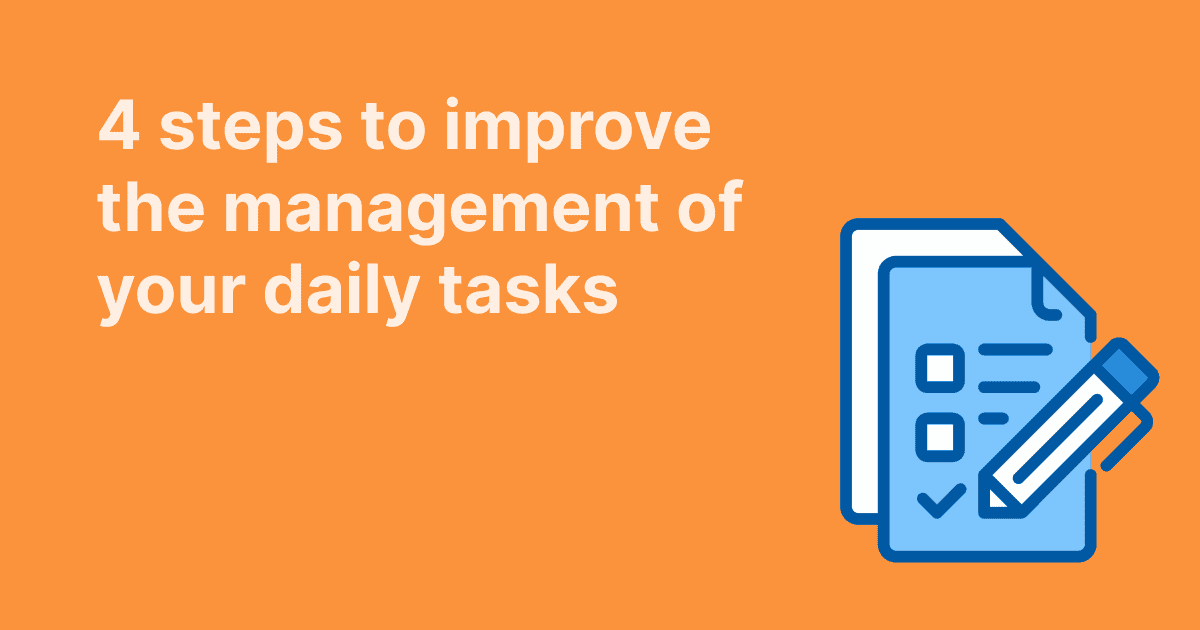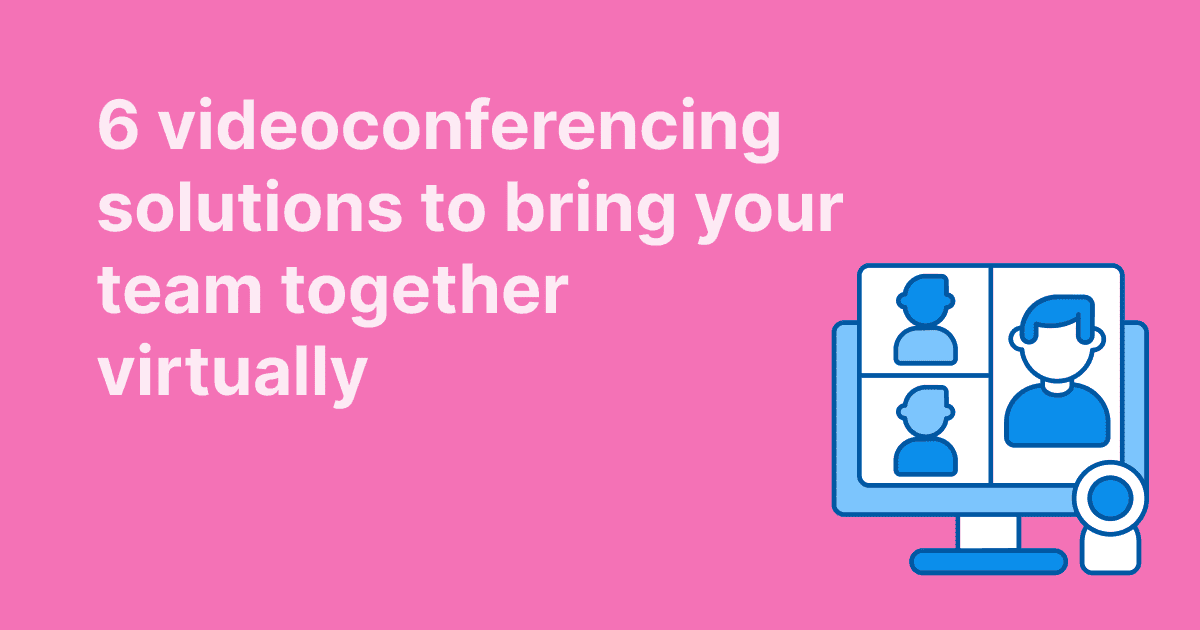Human resources (HR) departments are at the heart of talent management and employee well-being in companies. Their role ranges from day-to-day administrative management to strategic decisions to improve corporate culture and employee engagement. However, these responsibilities bring a considerable administrative burden, particularly in managing the time spent preparing and monitoring HR processes and meetings.
Automating HR procedures is emerging as a key solution for saving time, reducing errors, and improving the employee experience. In this article, we take a look at the recruitment process.
Standardizing the recruitment process
Recruitment is often a long and costly process. Automating procedures will simplify the process for any new business.
Checklists for your recurring procedures
By creating a checklist model for employee recruitment, you standardize the steps to be taken.
With WEDO, each task in the template has :
- a detailed description
- attachments (application file, regulations, assessment, specifications, etc.)
- a completion date and deadline
- a member of staff responsible
- an observer, if required
Once created, these templates are available in the WEDO platform and can be updated as often as necessary as the internal process evolves. The various tasks in the template are automatically delegated to the people in charge and will be added to their list of tasks.
In the case of recruitment, good practice would advocate the creation of checklist templates for each of the following stages:
Talent search process
From describing the job to putting your adverts online, your checklist will enable you to list all the usual steps involved in targeting the right profiles.
Recruitment process
As soon as an application enters the recruitment process, a checklist can be launched on behalf of the candidate to ensure that each application is treated in the same way:

Onboarding procedure
You've found your rare pearl. Mission accomplished? Not entirely. You now need to prepare for the arrival of your new employee. Contracts, integrating the profile into the system, setting up their computer, creating entry badges, creating an email address, informing employees: you've got a long list of tasks ahead of you. What's more, this list of tasks will concern not only the HR department, but also the head of the person's department, or the IT department, for example. That's why it's so important to be able to delegate tasks between departments and to be able to monitor them as an observer.

Handover of tasks to the new employee:
Now that the HR staff's job is done, the checklists will be invaluable to the new recruit's manager. Welcoming a new employee and handing over tasks and projects are laborious and time-consuming stages. WEDO improves familiarization by providing checklist templates. These will provide crucial information on the steps to follow, contacts and documents needed to carry out their new projects.
In addition to recruitment and onboarding, WEDO customers use the Checklists module to automate procedures such as employee departure, contract amendment, maternity/paternity leave, event preparation and training strategy.
Preparing and transcribing job interviews
As part of your recruitment process, you can transcribe all your interviews in WEDO's meeting module. By creating a customized agenda, all you have to do is transcribe the discussions into the planned themes.
An array of essential HR management functions
In addition to its checklists and task management, the WEDO collaborative platform offers a host of features to support human resources in their activities.
Manage your bilateral meetings
Bilateral meetings are privileged occasions for establishing a confidential and open communication space, encouraging in-depth discussion of individual and collective objectives. They provide a framework for recognizing each person's achievements and contributions, reinforcing the sense of achievement and belonging to the team.

The WEDO platform enables you to automate your recurring meetings of all types, particularly bilateral meetings. The agenda is set by the supervisor, but preparation is collaborative. This allows employees to fill in the various points and questions to be addressed beforehand, or to complete an assessment, for example.
Generally speaking, the items on the agenda of a bilateral meeting are recurrent. With WEDO, you can set up the themes so that they recur from one meeting to the next, to ensure that the discussions are followed up and the objectives evolve.
Once completed, the minutes are locked and remain available to both participants for consultation.

In a previous article, we gave you a few ideas on what to discuss at a bilateral meeting, to make it as engaging as it is constructive.
Governance :
In addition to checklists, task management and the meeting module, WEDO offers a governance add-on. It represents your organization chart in the form of circles and roles. Thanks to this unique and innovative visual structure, drawn from the principles of holacracy, WEDO users can now benefit from an agile and transparent method for structuring their teams, defining roles and responsibilities, and improving internal communication.
Home working supervision :
As a collaborative platform, WEDO lets you monitor the progress of tasks and projects in real time. It provides secure access to minutes and files at all times, for seamless remote collaboration.
Interested in WEDO? Schedule a 30-minute meeting to discover all the WEDO features that will make your HR processes easier.



